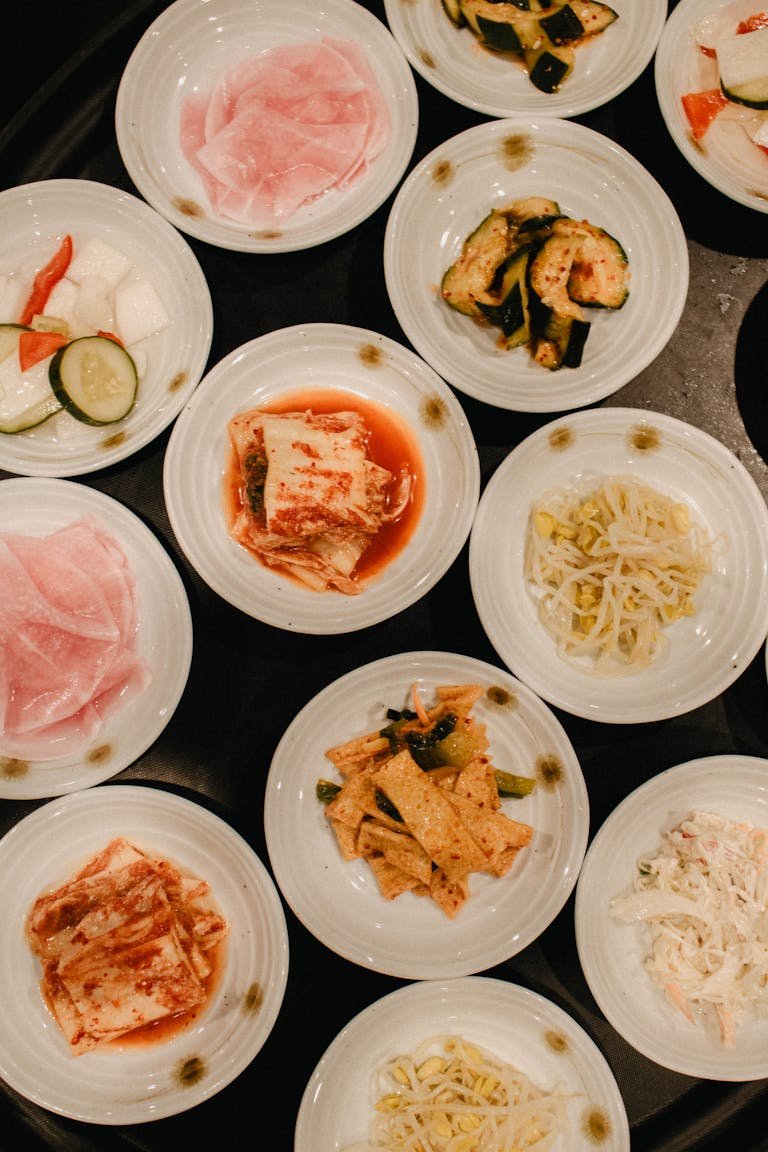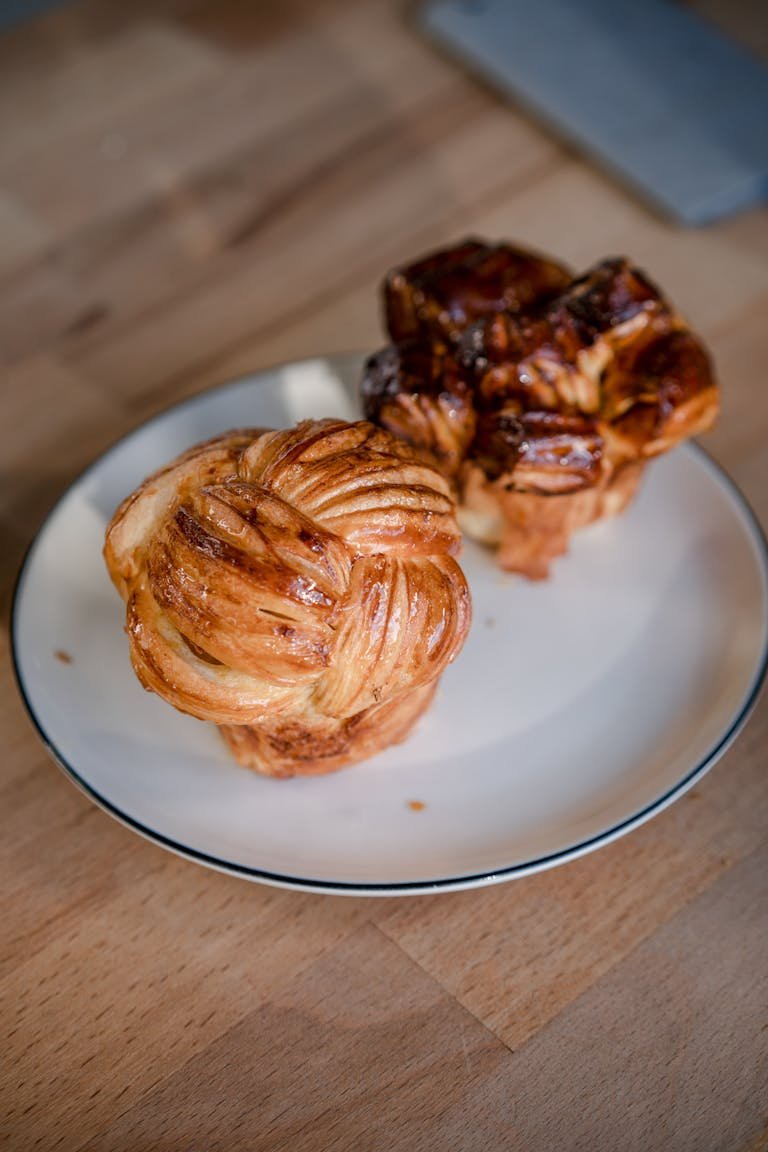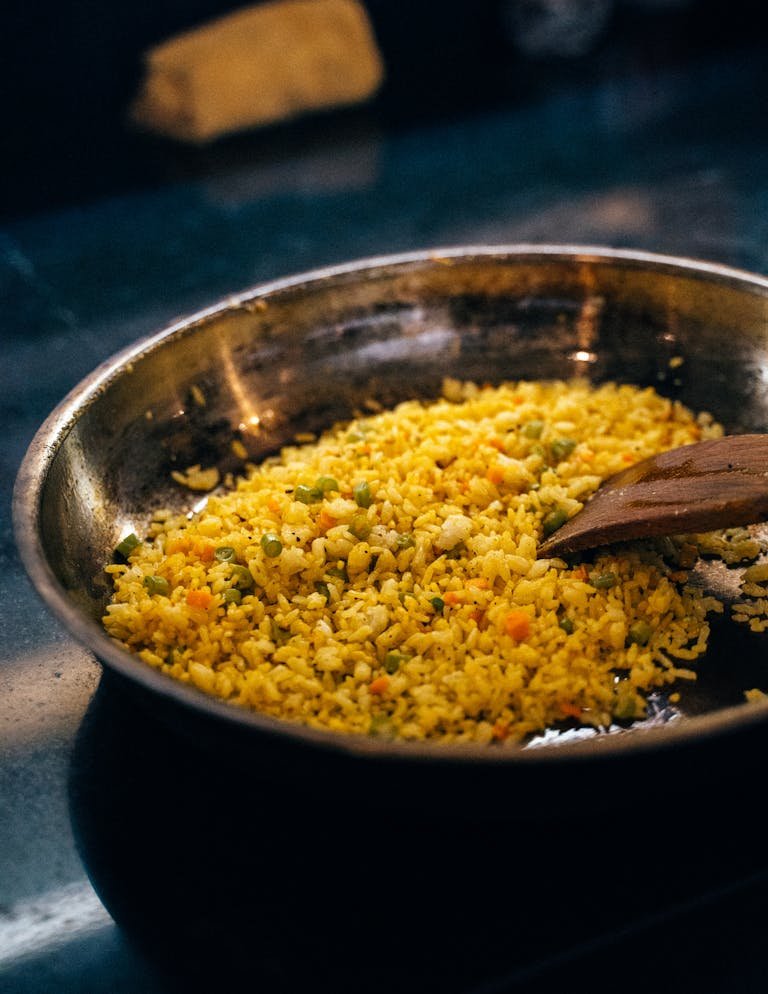The Ultimate Mac and Cheese Recipe: Secret Ingredient Revealed
Uncover the secret ingredient that elevates regular mac and cheese into a rich, delicious dish. Plus, get expert tips for achieving perfect results!

I need to share a little secret about mac and cheese that’s going to change your life! I’m talking about that one special ingredient that took my recipe from just okay to absolutely amazing.
Did you know that the average person eats around 103 servings of mac and cheese each year? Yet, many of us still struggle with grainy sauces and inconsistent results. That’s about to change!
The Science Behind Perfect Mac and Cheese
Let’s get a bit technical for a second, but trust me, it’s important! I used to feel like I was doomed when it came to making cheese sauce. You know that awful moment when your once-smooth sauce turns into a grainy, separated disaster? I’ve been there, and it was enough to make me want to cry into my casserole dish!
The turning point for me was learning about emulsification. Cheese has a tendency to separate when heated—it’s not just being difficult! The proteins tend to clump together while the fats drift apart, much like teenagers at a family gathering.
To achieve the best results, I’ve found these tools to be absolutely essential:
- A high-quality heavy-bottom saucepan (I can’t recommend the Le Creuset 24cm Cast Iron Saucepan enough)
- A dependable instant-read thermometer (The Thermapen One is worth every cent)
- A sturdy whisk (the OXO Good Grips Balloon Whisk is my favorite)
Controlling the temperature is key, folks. Keep the heat on medium-low, and avoid letting your sauce boil.
Essential Ingredients for Restaurant-Quality Results
Let’s dive into the main attraction – the cheese! After numerous trials, I’ve discovered the ideal blend:
- 200g mature cheddar (I prefer Cathedral City Extra Mature)
- 100g Gruyère (brings that authentic restaurant richness)
- 50g Parmesan (make sure it’s the real thing, not the powdered variety!)
Cheese Comparison Table:
| Cheese Type | Brand | Why I Love It |
|---|---|---|
| Mature Cheddar | Cathedral City Extra Mature | Perfect balance of sharp and creamy |
| Gruyère | Emmi Le Gruyère AOP | Adds depth and nuttiness |
| Parmesan | Parmigiano Reggiano DOP | Rich umami flavour |
I know some of you are loyal to classic elbow macaroni, but let me suggest cavatappi instead! Those little spirals are perfect for holding onto the sauce. My absolute favorite is De Cecco Cavatappi.
Now, for the moment you’ve been waiting for—the secret ingredient that makes all the difference: sodium citrate. It may sound a bit technical, but this little gem is what keeps your sauce smooth and prevents it from separating. You can easily find it at your local supermarket, and a small amount goes a long way.
Step-by-Step Cooking Method
First things first, fill your largest pot with water. Here’s where I made a rookie mistake for years—underestimating the salt! The pasta water should taste like the sea, trust me on this.
While your water is heating up, let’s get started on the sauce. Here’s my foolproof method:
- Heat 250ml of water in your saucepan.
- Add 4g of sodium citrate (about 1 teaspoon).
- Once it’s dissolved, start adding your grated cheese a handful at a time.
The big differentiator? Using water instead of milk! I know it sounds crazy, but the sodium citrate works wonders to create the smoothest sauce you’ve ever had.
I have a real fondness for my Le Creuset saucepan for this recipe. Yes, it’s a bit of an investment, but it’s like having a dependable sous chef in your kitchen. The heavy bottom helps prevent hot spots that can ruin your sauce.
Customisation Options and Add-ins
This is where you can really let your creativity shine! Over the years, I’ve experimented with countless combinations, and here are some absolute winners:
- Crispy pancetta bits (think of them as fancy bacon bits!)
- Caramelised onions (they take a bit of time, but the flavor is worth it)
- Buttery breadcrumbs (sourdough adds an extra touch)
- Truffle oil (just a tiny drizzle goes a long way!)
If you happen to have leftovers (lucky you!), these glass containers with airtight lids are fantastic. They’re really sturdy and won’t stain like plastic.
Pro Tips for Next-Level Mac and Cheese
Here’s a little secret – I once made a mac and cheese that was so rubbery, my nephew joked we could use it as a bouncy ball! Since that day, I’ve picked up some essential tips:
- Grate your own cheese! Those pre-grated bags have anti-caking agents that can ruin your sauce.
- Let your cheese come to room temperature – it melts much more evenly.
- If you’re baking it, slightly undercook your pasta. It will continue to cook in the oven.
For a nice presentation, I love serving it in individual cast-iron dishes. Le Creuset’s mini cocottes are ideal for this – they keep the mac and cheese warm and look really elegant on the table!
Your Path to Mac and Cheese Mastery
So there you have it, folks – all my mac and cheese secrets revealed! Remember, the key to perfect mac and cheese lies in understanding the science (hello, sodium citrate!), using high-quality ingredients, and being a bit patient.
I’d love to hear about your mac and cheese experiences! Feel free to drop a comment below with your favourite cheese combinations or any questions – I’m always excited to chat about cheese!







Neat! I will have to give this a try! Thank you